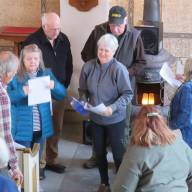As local students returned to school this fall, they were greeted not just by teachers and classmates, but by thoughtfully crafted meals – many featuring locally sourced produce, others experimenting with trendy dishes like Korean barbecue pork over mac and cheese.
Behind it all is Erika Dolan, food service director for Harwood Unified Union School District, who has taken on the job solo this year after the departure of a colleague. With a team of leaders at local schools, she has taken on the director role full-time.
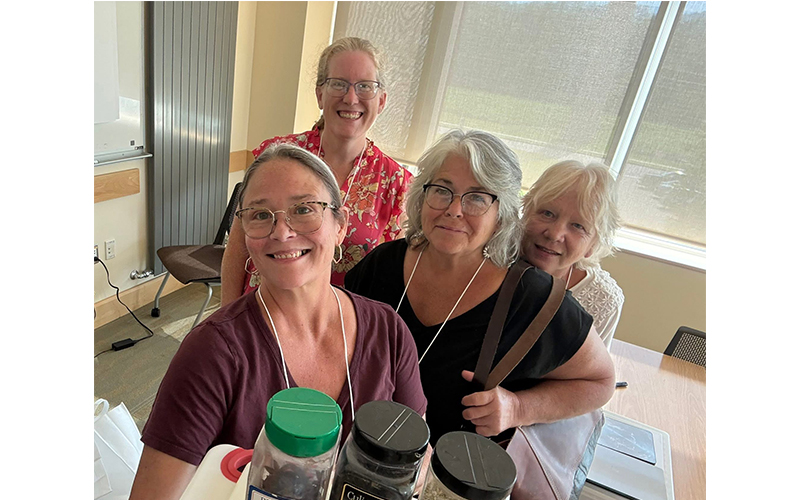
“It definitely changes the way my job looks – but not in a negative way. It’s about doing what we do well with the staff we have,” she said.
Staffing, she said, remains the district’s biggest challenge. Harwood is still hiring two full-time positions at the high school and two part-time roles in its elementary schools.
‘POSITIVE SHIFT’
“Last year, we had almost no applicants,” Dolan said. “This year, we’re actually getting some interest. That’s a positive shift.”
Despite being short-staffed, Dolan and her team are committed to keeping meals nutritious, appealing and aligned with what students actually want to eat – often reflecting broader food trends seen in restaurants and social media.
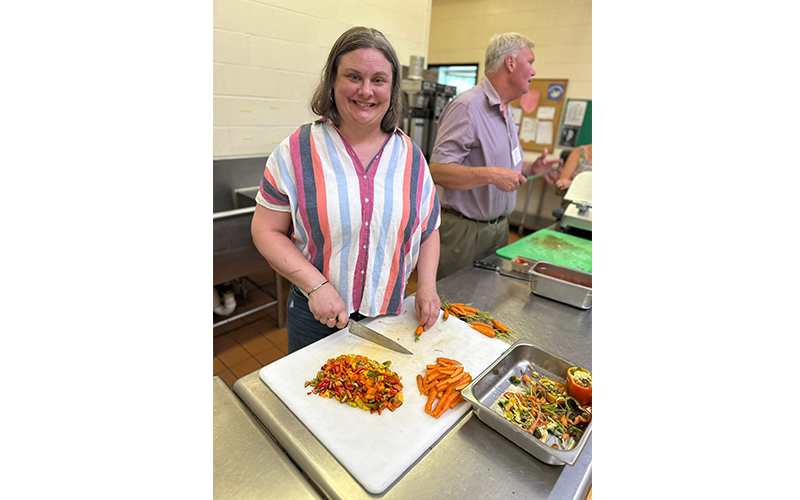
“Fifteen years ago, meatball subs were huge,” Dolan said. “Now, kids aren’t that into them. But chicken fajitas? They fly off the shelves.”
Lately, Dolan and her team are working on launching a ramen-style noodle bowl – offering both brothy and dry versions like chow mein – adjusted for USDA nutritional standards.
“We went to a vendor show this summer and got noodle samples that meet federal requirements,” Dolan said. “Now we’re figuring out bowls, equipment, and how to roll it out at the high school and younger levels.”
But bringing innovation into cafeterias requires more than good ideas – it also demands a trained staff. This year, Dolan’s team attended the School Nutrition Association of Vermont’s first conference in a decade, held at Sugarbush Resort.
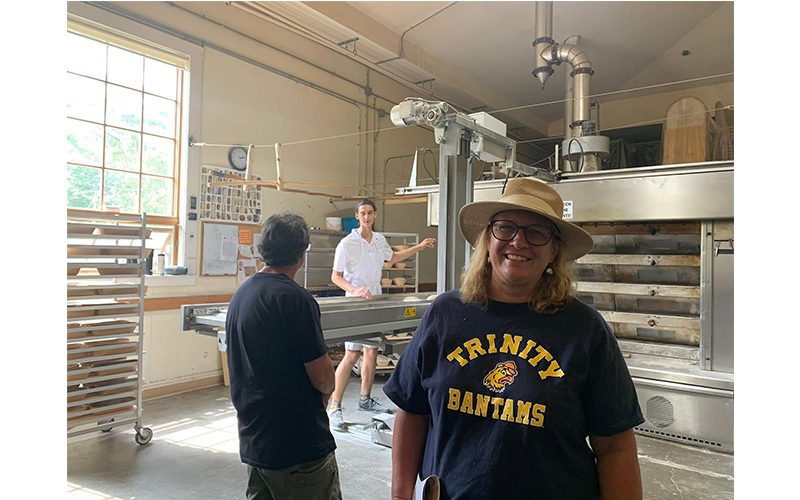
“It was amazing,” she said. “There were hands-on cooking classes, conflict resolution workshops, even Excel training. It gave the team both required professional development and some inspiration.”
MORE THAN JUST MEALS
Harwood’s school cafeterias serve more than just meals – they reflect the rhythms of student life. Dolan can often tell when sports seasons change based on cafeteria activity.
“When basketball starts or a club season kicks in, we see more kids in the lunch line,” she said. “Everyone’s busy, and grabbing a free, hot lunch at school becomes the easiest option.”
Participation has been high – about 60% of students take advantage of school lunches. At Harwood Union High School, meal counts this fall are already ahead of last year.
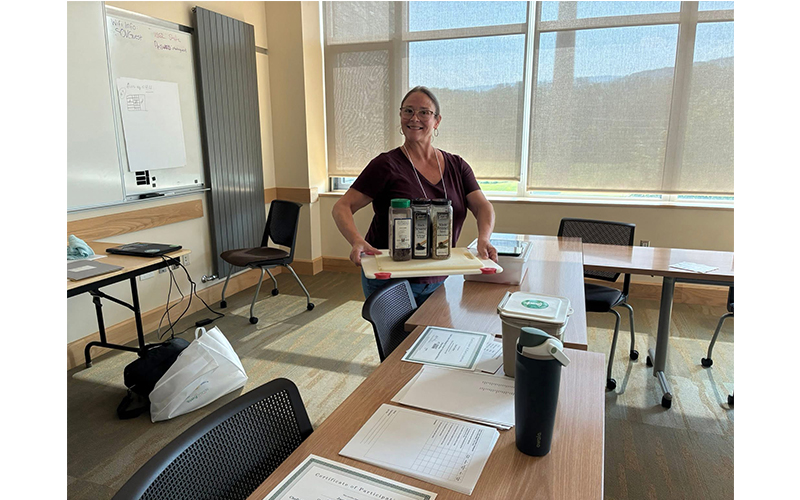
“We think it’s a combination of things,” Dolan said. “The food is good. It’s free. There’s no stigma around who gets lunch. Everyone just eats.”
That high participation rate helps the district qualify for Vermont’s local food incentive grant. Last year, Harwood allocated 23% of its food budget to Vermont-grown items. If the district hits its targets again, it could receive an extra $0.20 in reimbursement per lunch served.
“It’s a great incentive to serve more meals and buy local,” Dolan said. “Our farm-to-school program is strong – we’re trying to keep at least 15% of our purchases local.”
Still, Dolan is conscious of how every dollar is spent.
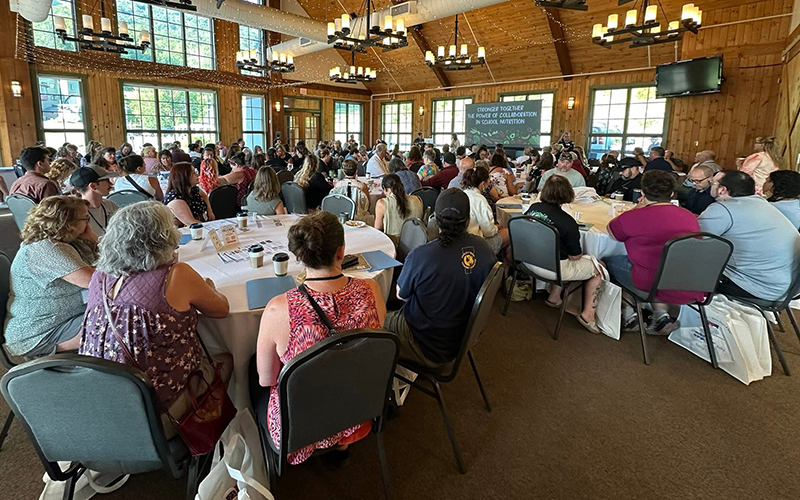
“Even though the reimbursements come from federal and state sources, it’s all taxpayer money,” she said. “We’re constantly asking ourselves: are we spending it wisely? Are we getting the best value while feeding kids healthy meals?”
SALAD BAR CASUALTY
One casualty of last year’s staffing shortage was the salad bar at Harwood High School– something Dolan hopes to bring back soon.
“We had just three people covering both Harwood and Moretown. We were cooking breakfast and lunch for 500 kids – it was too much,” she said. “Now that we’re closer to fully staffed, we’re ready to bring that back.”
And as student tastes continue to evolve, Dolan remains both flexible and curious.
“The food culture is always changing,” she said. “Some years it’s wraps, some years it’s bowls. You’ve got to pay attention – not just to nutrition guidelines but to what’s popular at restaurants and what kids are excited about.”
After 18 years in the district, Dolan is still driven by the same mission: cook from scratch when possible, use local ingredients, and do right by students – and taxpayers.
“We don’t take it lightly,” she said. “This is about good food, but also about doing the right thing with public funds. It matters.”








